
YDTech® what's 4x4,4x6,4.5x4.5,5x5,5x10,5.5x8,cylindrical rollers(chrome steel, 52100, 100Cr6)? where's 4x4,4x6,4.5x4.5,5x5,5x10,5.5x8, rolling elements in stocks manufacturers? how to buy precision sizes bearing rollers only?
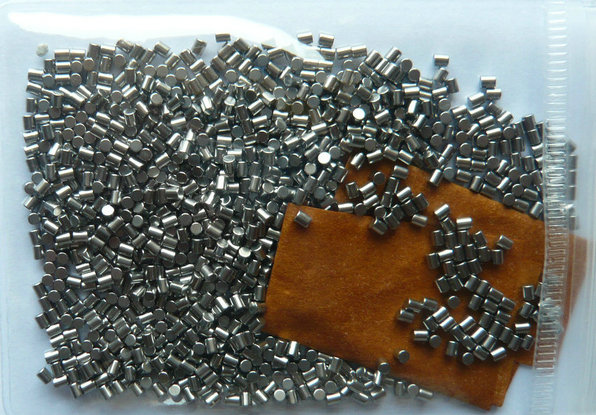
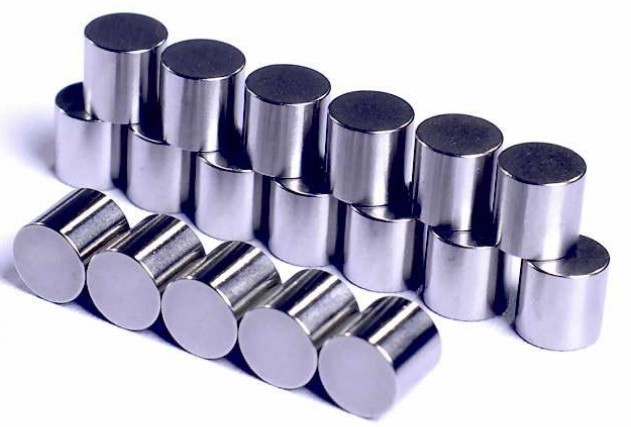
Cylindrical rollers can be used in the design of the bearings that support the rotating components of an automobile oil pump. The oil pump is responsible for circulating oil throughout the engine to ensure that all moving parts are properly lubricated. 4x4,4x6,4.5x4.5,5x5,5x10,5.5x8,
In an oil pump, cylindrical rollers can be used in needle roller bearings or cylindrical roller bearings that support the pump's drive shaft or rotor. These bearings provide low-friction, high-load capacity support for the rotating components, allowing the pump to operate smoothly and efficiently.4x4,4x6,4.5x4.5,5x5,5x10,5.5x8,
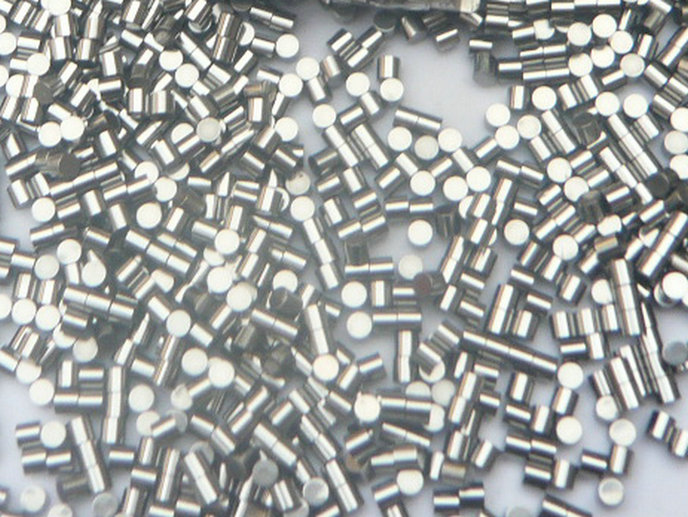
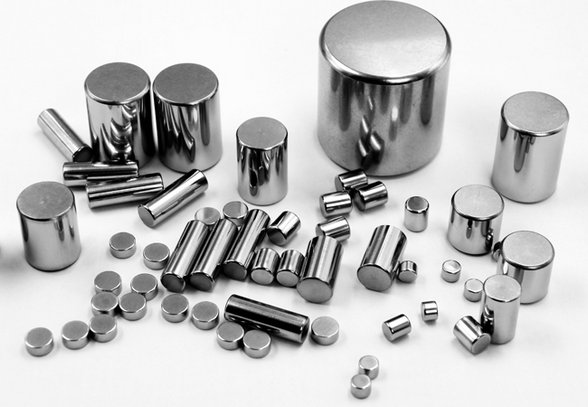 The selection of the appropriate cylindrical roller size, material, and accuracy depends on the specific requirements of the oil pump and the application. The load capacity, rotational speed, and operating temperature of the pump are important factors to consider when selecting cylindrical rollers for use in the bearings.
The selection of the appropriate cylindrical roller size, material, and accuracy depends on the specific requirements of the oil pump and the application. The load capacity, rotational speed, and operating temperature of the pump are important factors to consider when selecting cylindrical rollers for use in the bearings.
In addition to the bearings, cylindrical rollers can also be used in other components of the oil pump, such as gears or cam followers, to provide support and reduce friction in the system. Proper lubrication is critical to the performance and longevity of the oil pump, and the use of high-quality cylindrical rollers can help ensure the reliable operation of the pump over its lifetime.
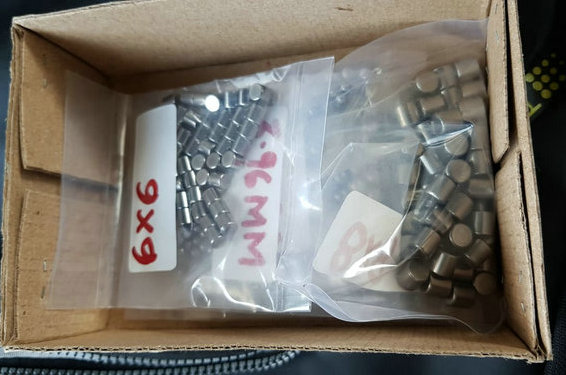
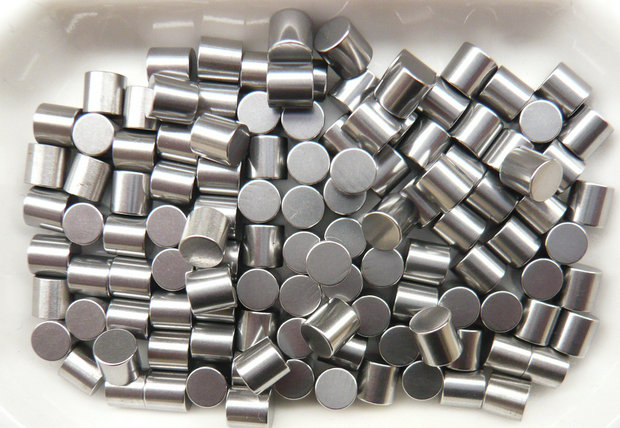
Cylindrical rollers can be manufactured using a variety of methods, including both grinding and other types of processing such as turning, milling, or even forging. However, when it comes to high-precision cylindrical rollers that require tight tolerances and precise surface finishes, grinding is the most commonly used method.
Grinding machines are able to achieve very tight tolerances and highly precise surface finishes, making them ideal for producing high-precision cylindrical rollers. In particular, centerless grinding is a common method for producing cylindrical rollers, as it allows for precise control over the diameter and roundness of the rollers.
Other processing methods, such as turning or milling, can also be used to produce cylindrical rollers, but they may not be able to achieve the same level of precision and surface finish as grinding. The choice of manufacturing method will depend on a variety of factors, including the desired tolerances and surface finish, the material being used, and the specific application for the cylindrical rollers. Needle rollers and mini shafts are both used as components in various mechanical systems, but there are some key differences between these two components.
standard sizes of cylindrical rollers
| D*L | D*L | D*L | D*L | D*L | D*L | D*L | D*L | ||
|---|---|---|---|---|---|---|---|---|---|
| 1x1 | 1.2x1.2 | 1.5x1.5 | 2x2 | 2.2x2.2 | 2.5x2.5 | 3x1 | 3x1.5 | ||
| 3x2 | 3x2.2 | 3x2.5 | 3x2.7 | 3x3 | 3.5x5 | 4x6 | 4.5x4.5 | ||
| 5x5 | 5x10 | 5.5x8 | 6x8 | 6x12 | 6.5x9 | 7x10 | 7.5x7.5 | ||
| 7.5x11 | 8x10 | 9x9 | 9x14 | 10x11 | 11x11 | 11x15 | 12x14 | ||
| 13x13 | 14x14 | 15x15 | 15x22 | 16x17 | 17x17 | 18x18 | 18x26 | ||
| 19x20 | 20x20 | 21x21 | 22x22 | 22x34 | 24x24 | 24x36 | 25x36 | ||
| 26x28 | 28x28 | 30x30 | 32x32 | 34x34 | 36x36 | 38x38 | 40x40 | ||
| loose rolling elements, cylindrical rollers, precision rollers,bearings rollers only | |||||||||
- home
- products
- contact
- equipments
- needle rollers
- standard sizes needles stocks
- 1mm series
- 2mm series
- 3mm series
- 4mm series
- 5mm series
- 6mm series
- cylindrical rollers
- standard sizes rollers stocks
- 1mm series
- 2mm series
- 3mm series
- 4m~5mm series
- 6mm~7mm series
- 8mm~9mm series
- 10mm~12mm series
- 13mm~17mm seriess
- 18mm~22mm seriess
- 24mm~28mm series
- 30mm~40mm series